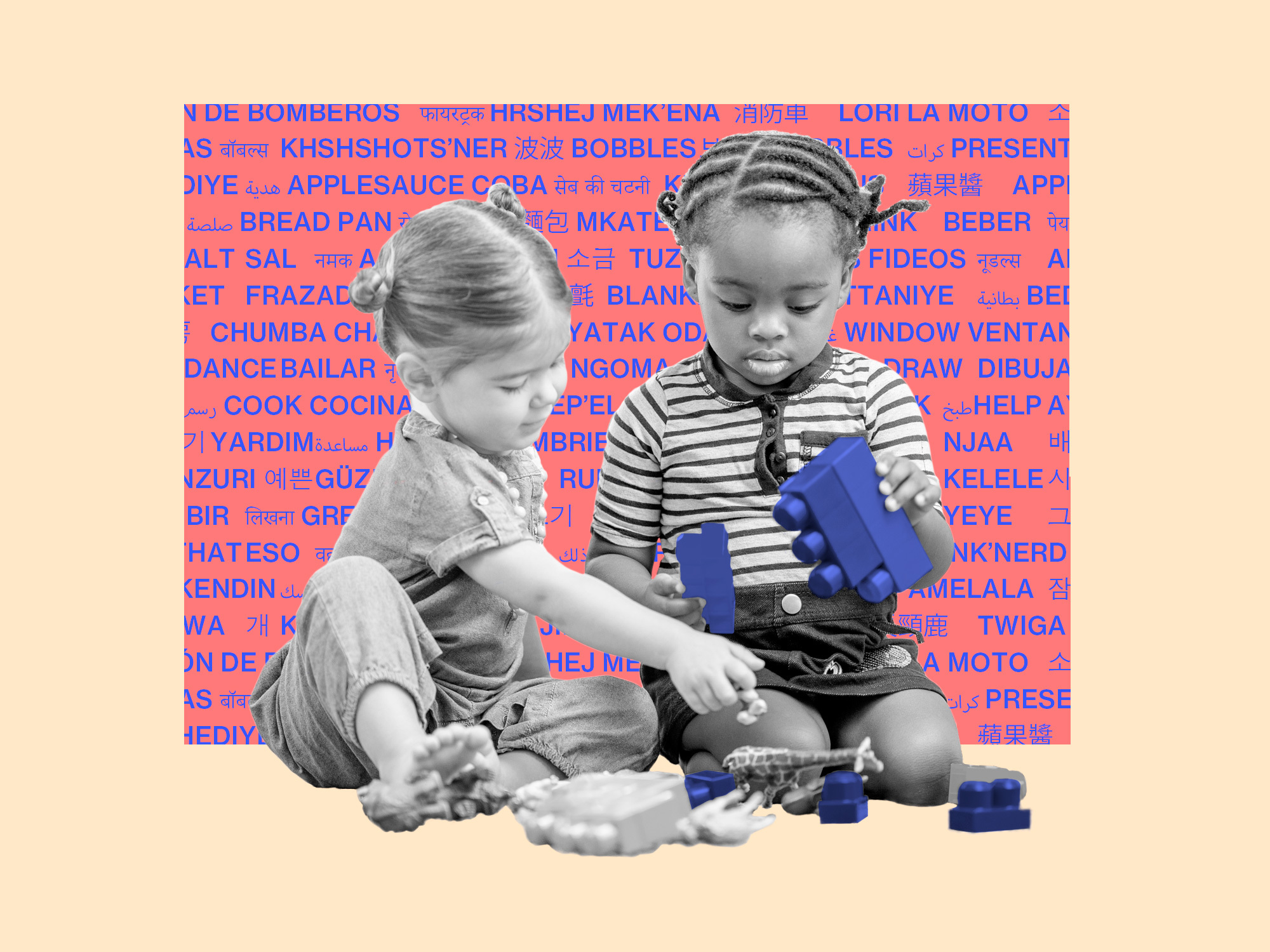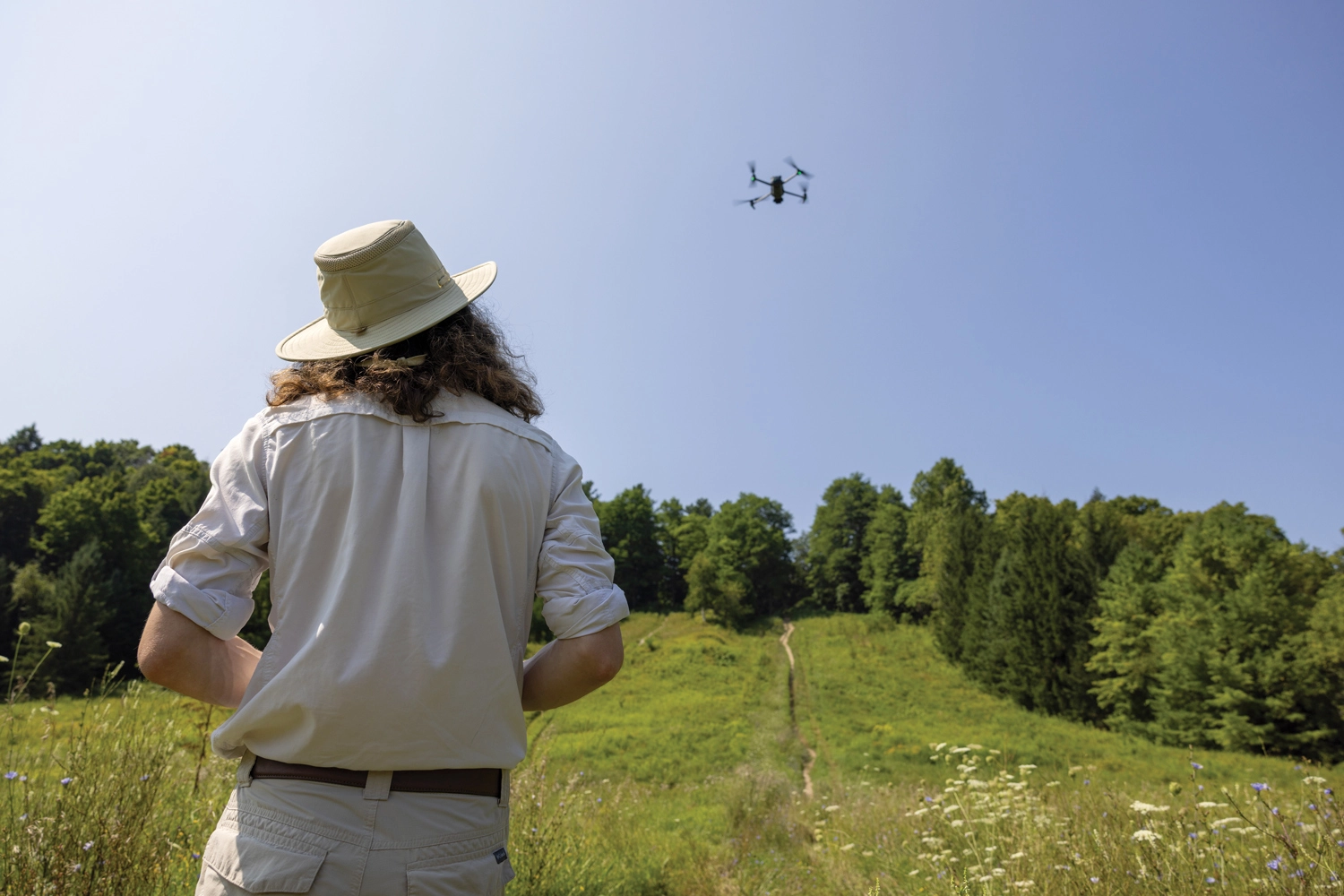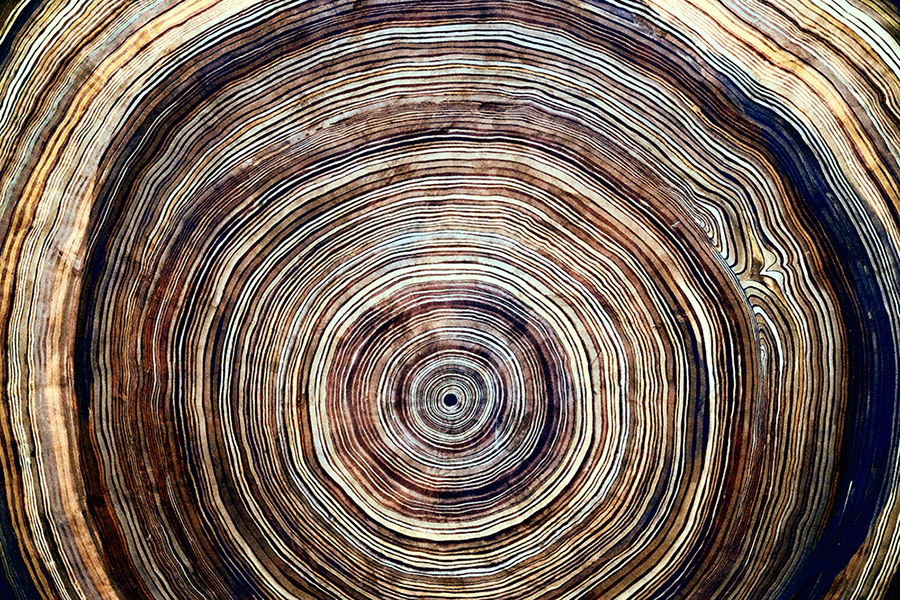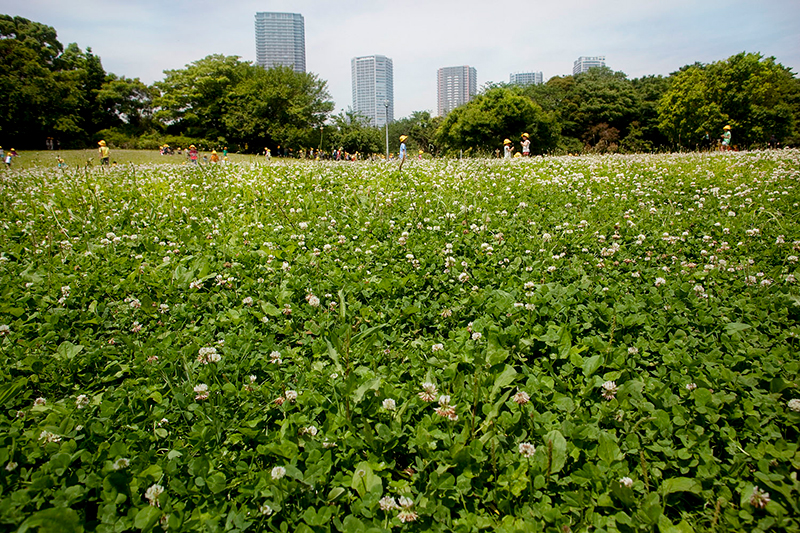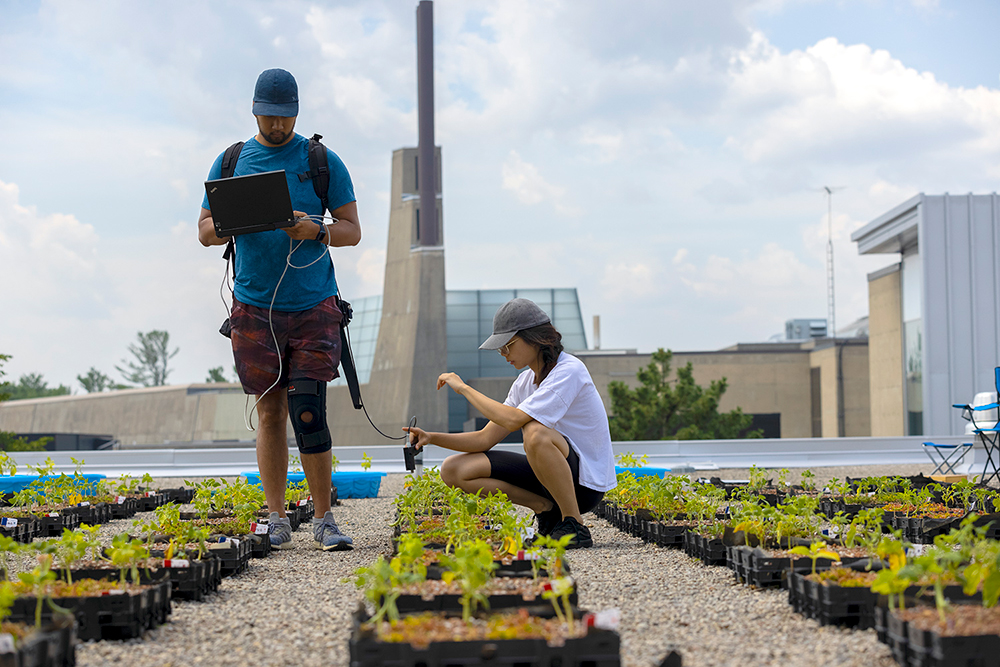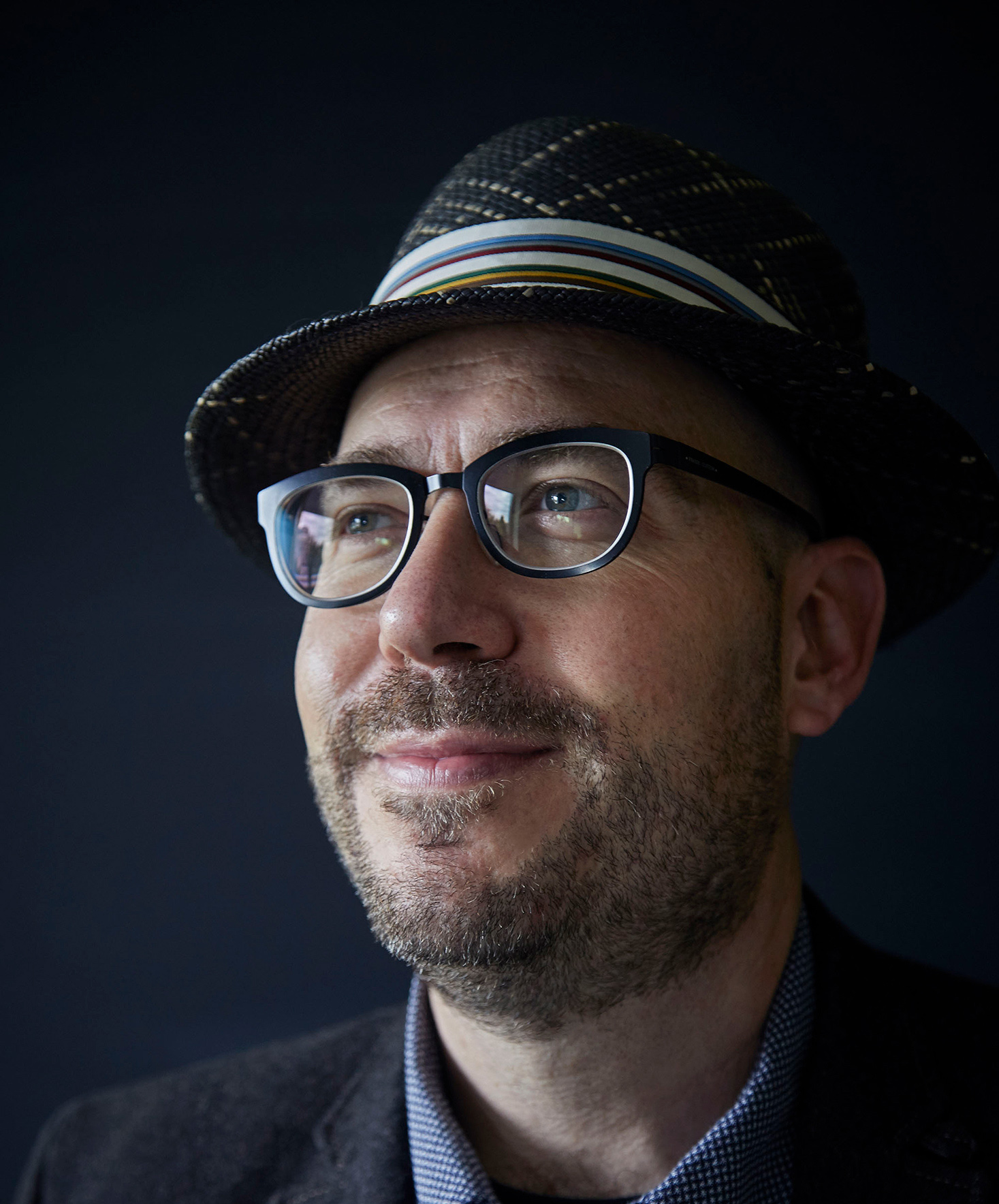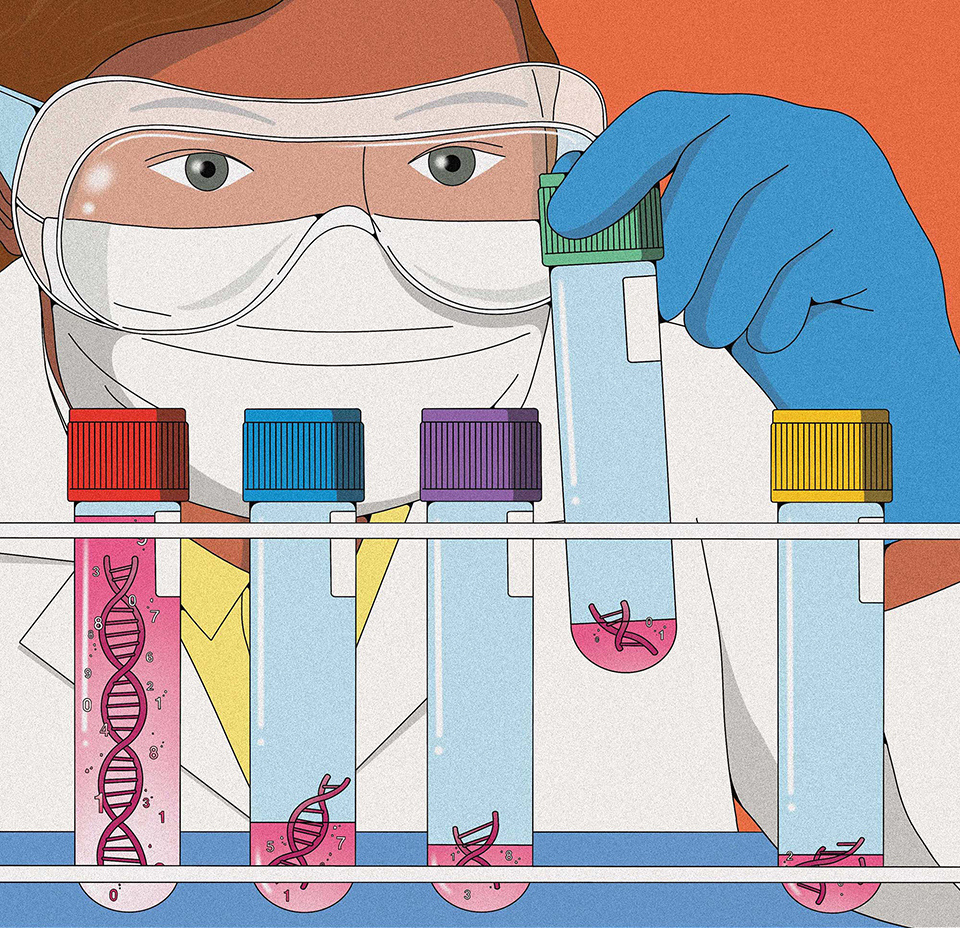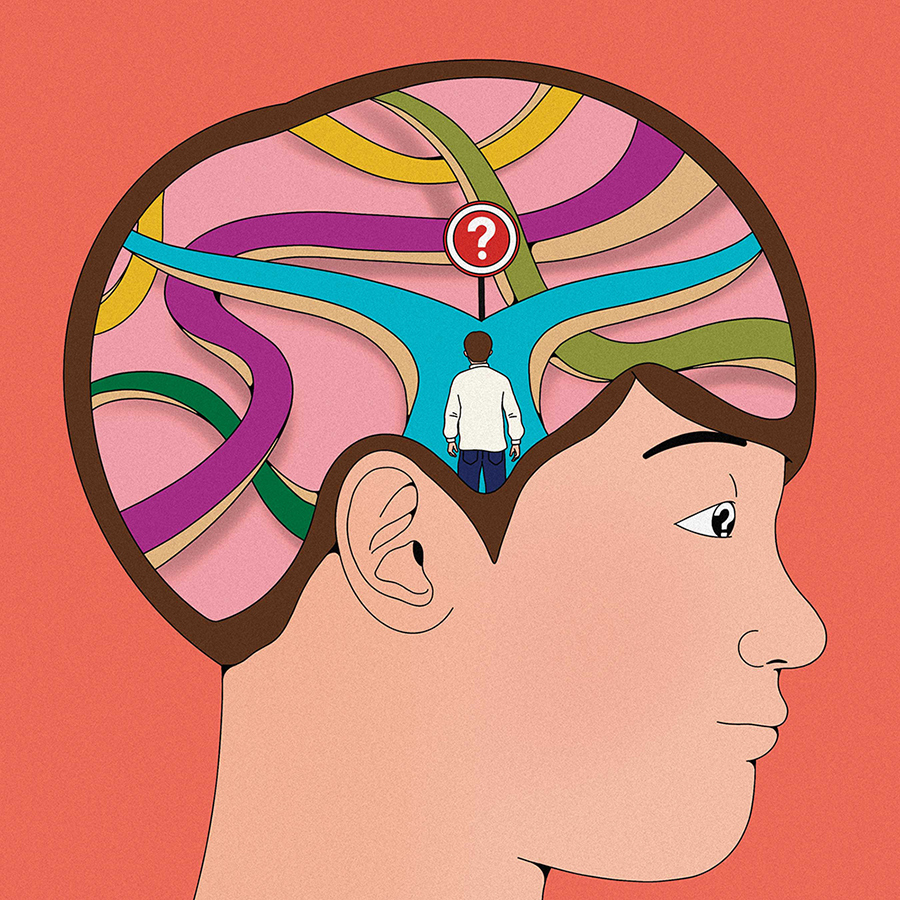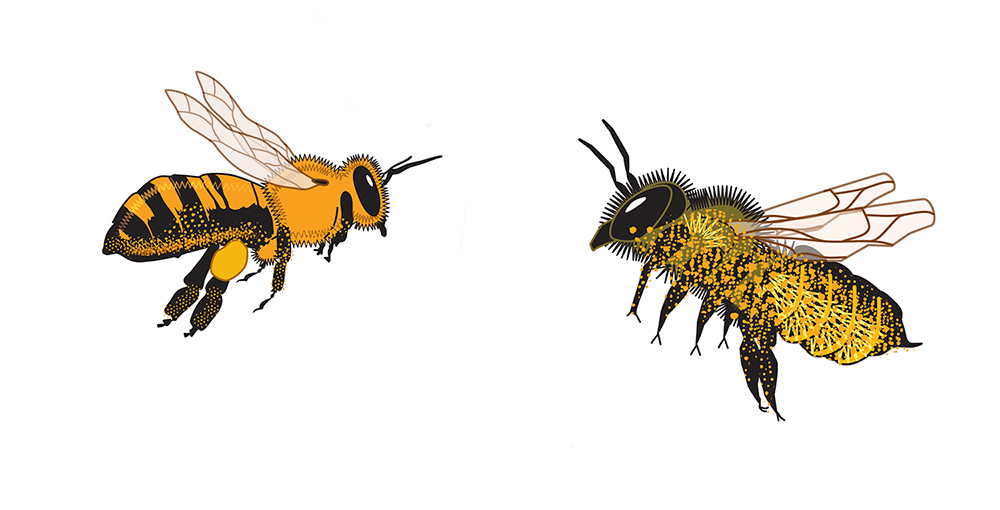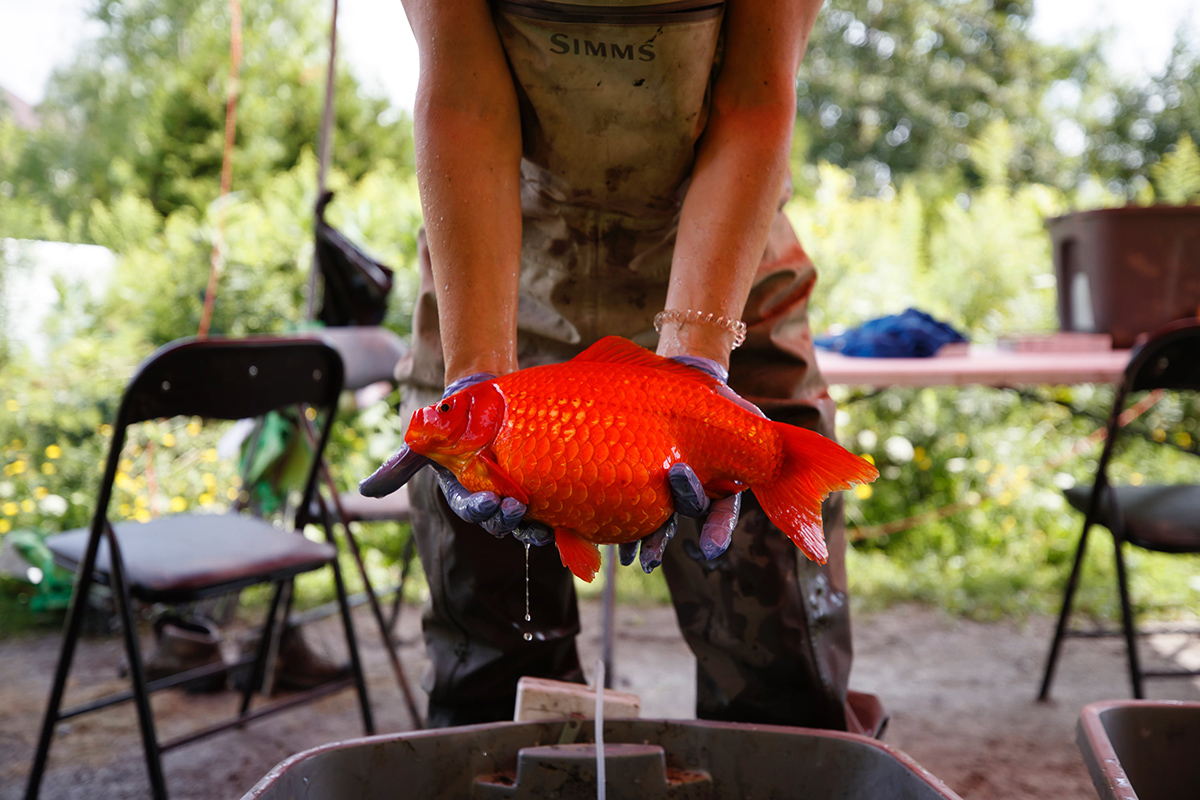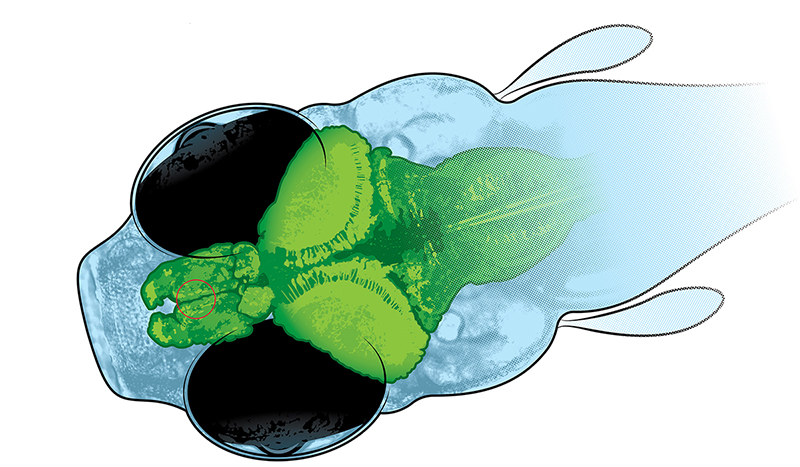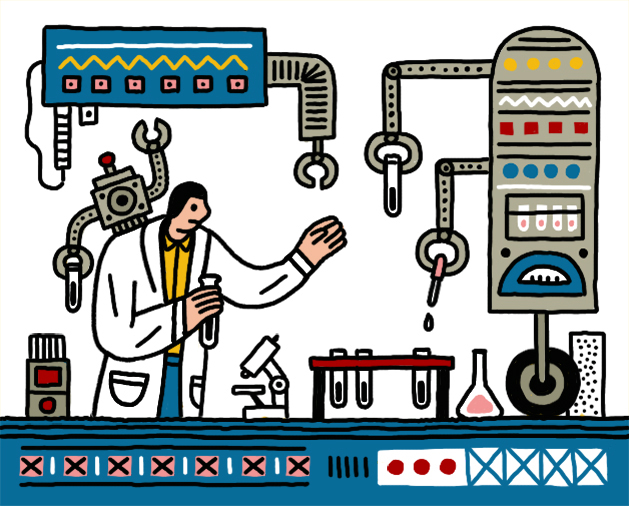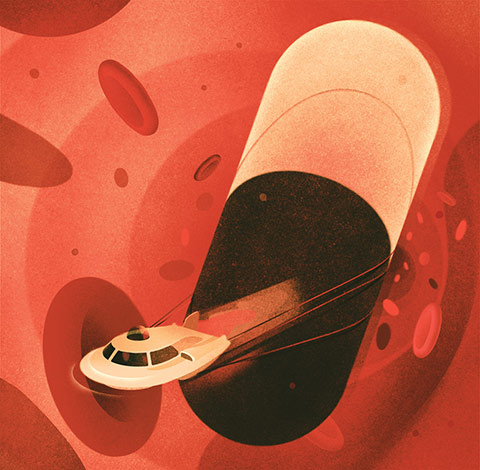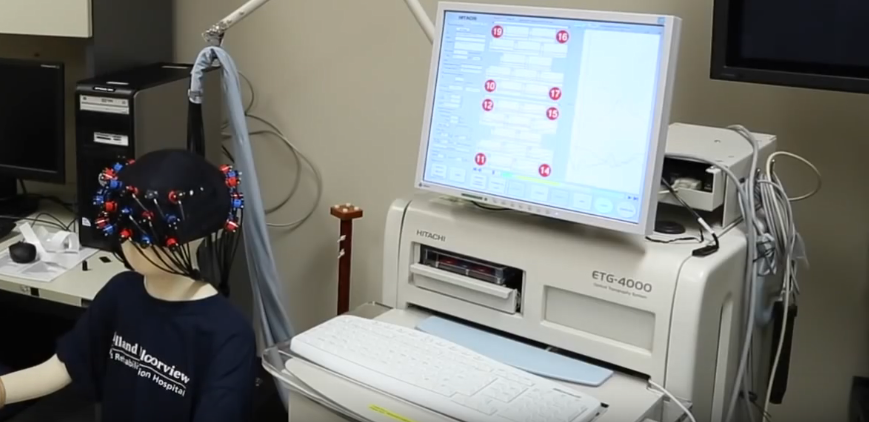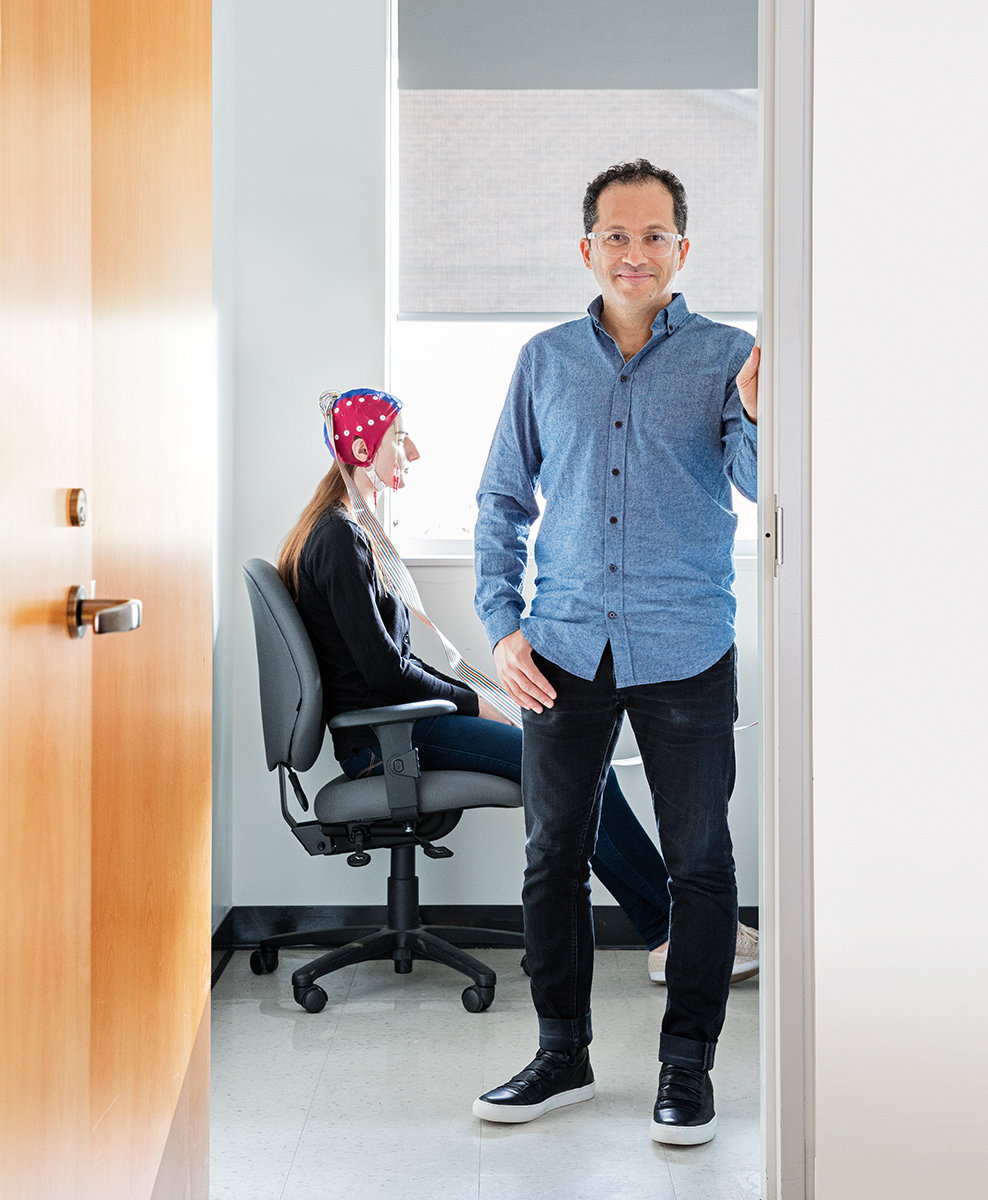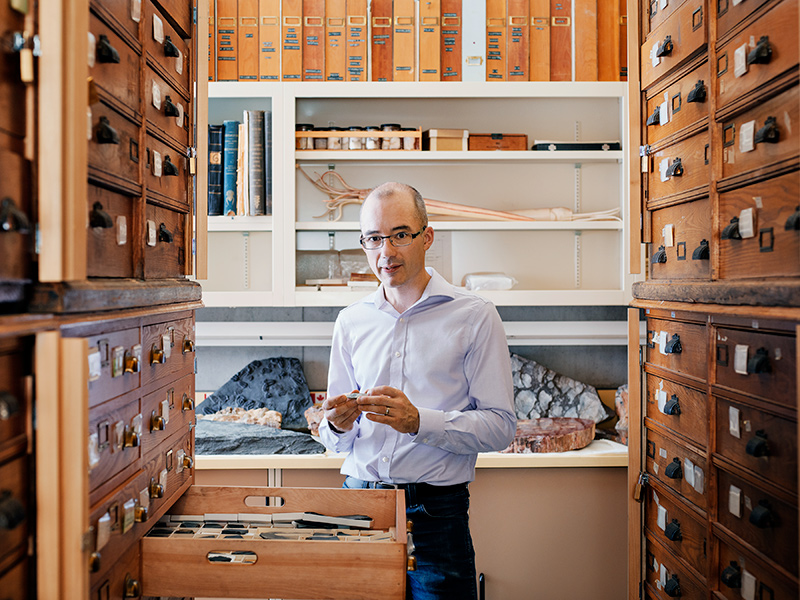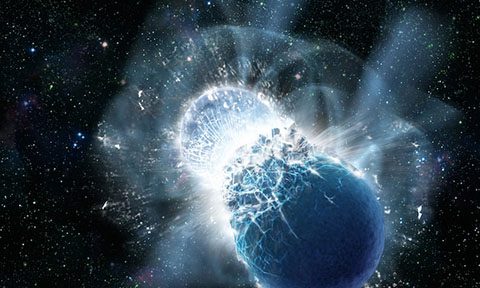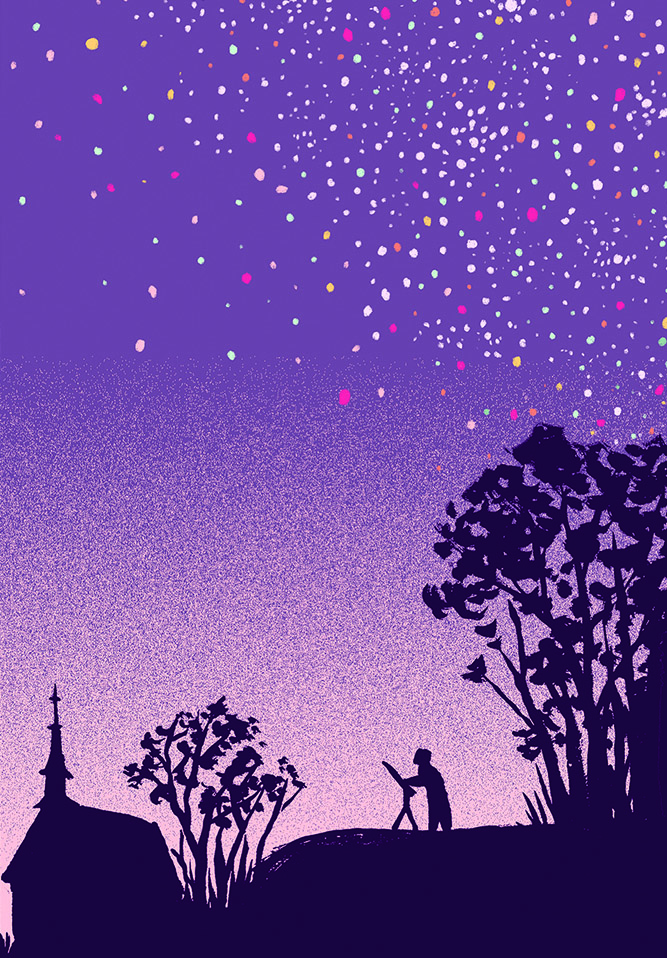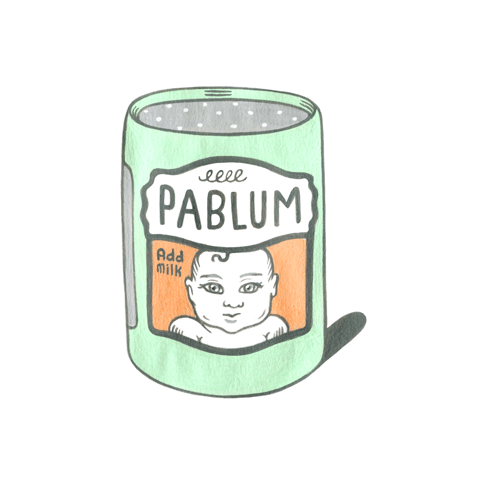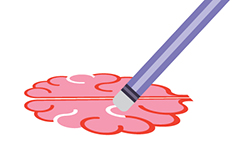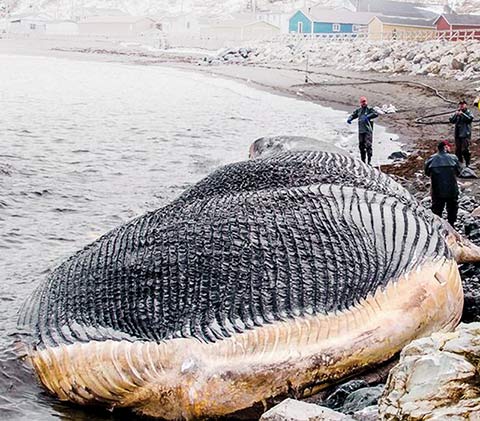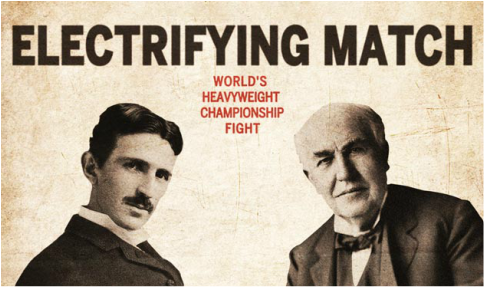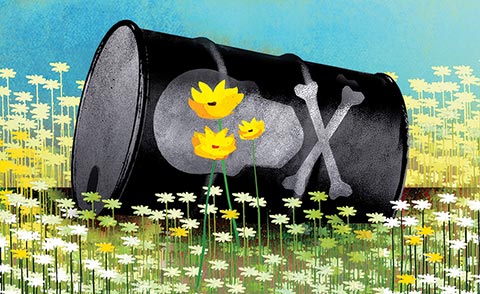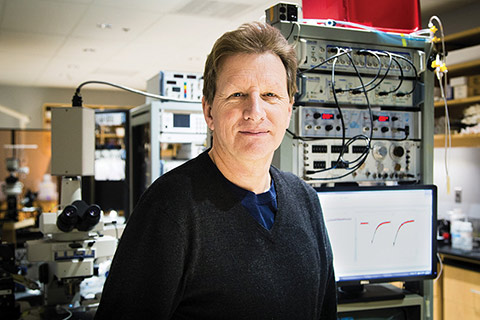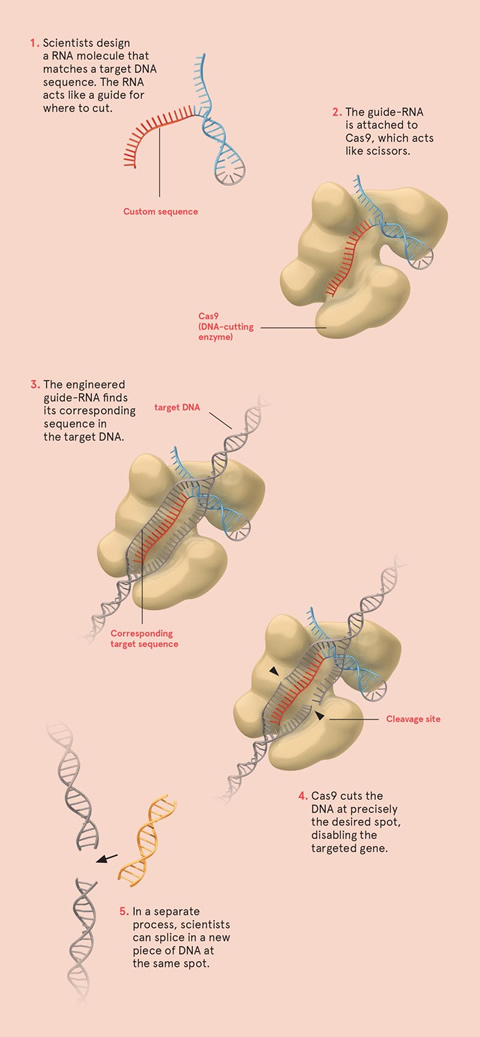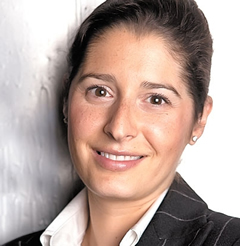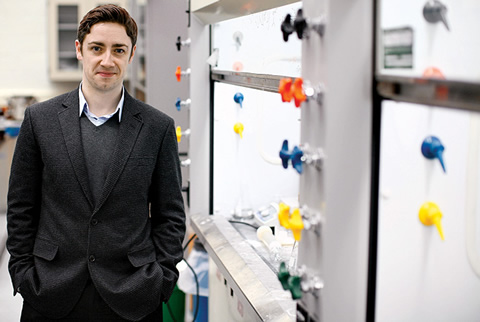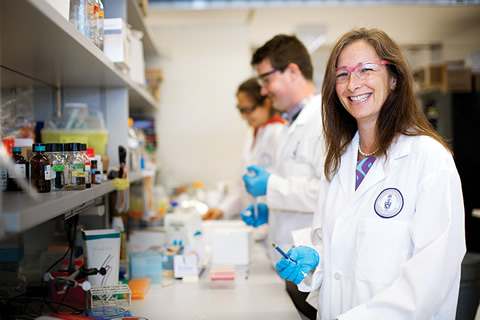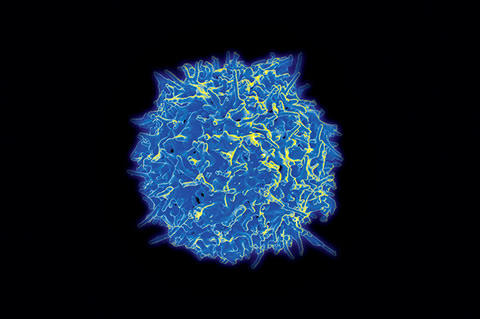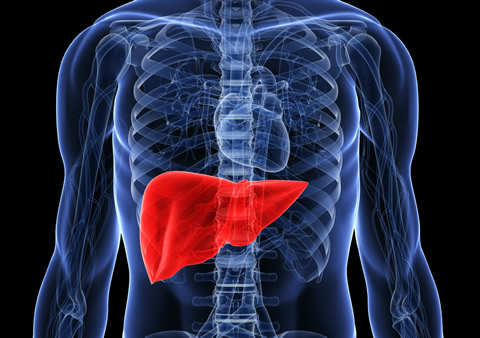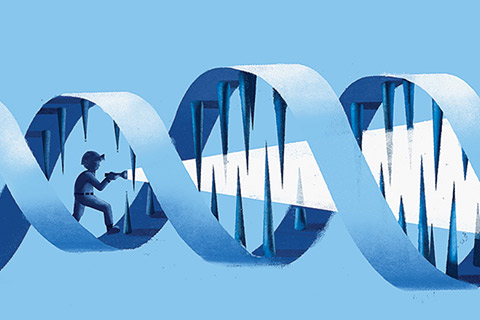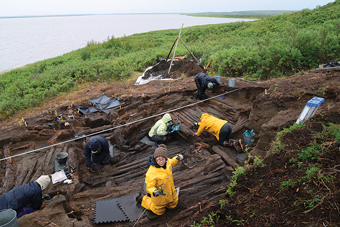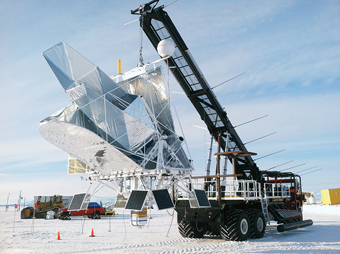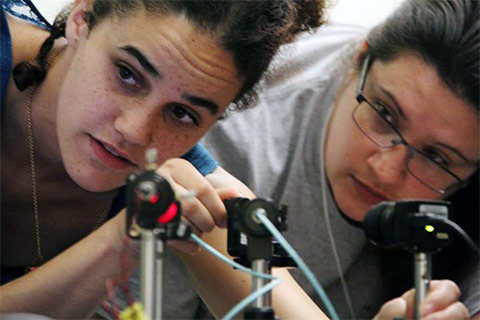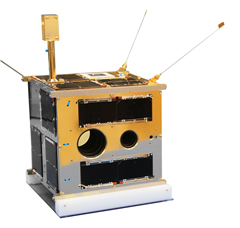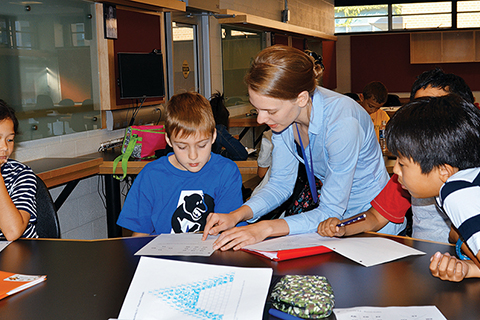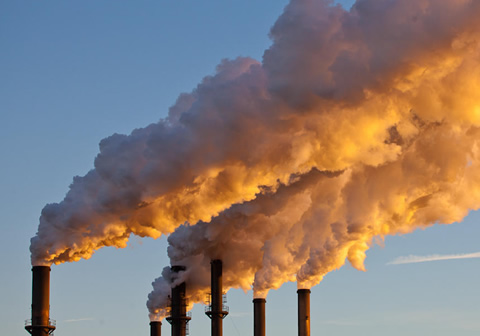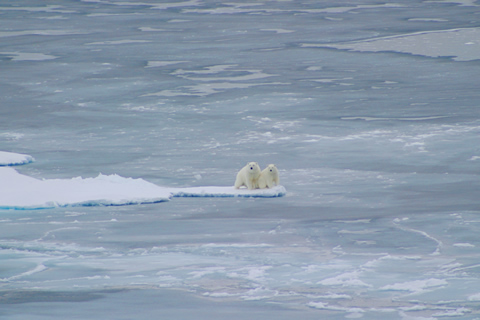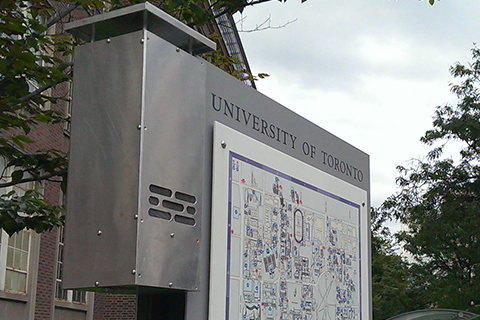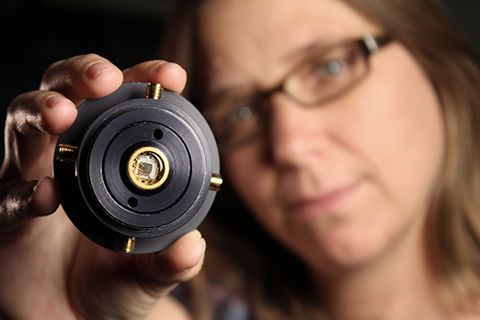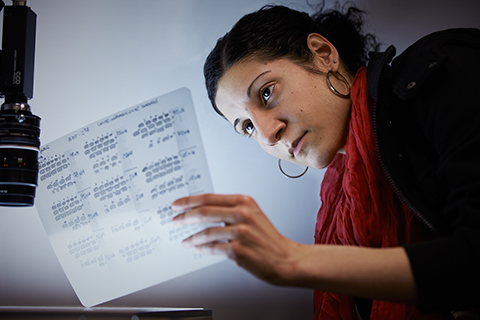The Science of Baby Talk
A U of T Mississauga lab finds that children pick up on a lot more than just words as they learn how to speak Read More
A U of T Mississauga lab finds that children pick up on a lot more than just words as they learn how to speak Read More
U of T Scarborough researchers are using thermal cameras, drones and AI to learn more about how urban parks affect the climate Read More
To meet its pledge to be carbon neutral by 2050, Canada needs to cut emissions from the construction industry. Here’s how Read More
A natural archive reveals how Canada’s arctic climate has changed over the past 1,000 years Read More
Globally crowdsourced study shows that white clovers are biologically adapting to city life, demonstrating the profound impact of urbanization Read More
Researchers at U of T Scarborough are testing which crops fare best on city roofs Read More
Prof. Alán Aspuru-Guzik is using AI and robotics to help create new, more sustainable materials in a fraction of the usual time Read More
The world produces mountains of data every day. A new U of T institute will help us make better sense of it all Read More
Insights from psychology and business can steer people toward better decisions – for themselves and society Read More
A U of T Scarborough biologist is using high-resolution cameras to find out Read More
Pets that were released into ponds are becoming ‘super-invaders’ that could wreak havoc with the ecosystem Read More
How this tiny animal is helping scientists investigate disorders of the human brain Read More
U of T scientists are pursuing a made-in-Canada solution to end the pandemic Read More
By bringing artificial intelligence into chemistry, Prof. Aspuru-Guzik aims to vastly shrink the time it takes to develop new drugs – and almost everything else Read More
Prof. Chelsea Rochman explores how plastic is breaking down – and where it’s ending up Read More
Microscopic machines may soon swim through our bodies, delivering cancer drugs to tumours and assisting with difficult surgeries Read More
Prof. Tom Chau’s lab can already tell what word you’re thinking of, or if you’re singing a song to yourself Read More
A U of T professor is using serious processing power to understand what role the world’s oceans play in climate change Read More
Social psychologist Michael Inzlicht launched his academic career on the study of “ego depletion.” His research suggested it was real. Then came doubts Read More
Replication studies put researchers’ conclusions to the test by creating new versions of the original experiment Read More
U of T scholars and others are calling for four major changes to how research is conducted Read More
Life on Earth exploded about 540 million years ago. Scientists are now beginning to understand why Read More
It was all hands on deck for U of T astronomers during a rare cosmic event that led to the first sighting of a new object Read More
Prof. Barth Netterfield’s lifelong journey into faith, physics and astronomy Read More
These include everything from life-saving innovations to everyday conveniences Read More
Researchers discover that our brain erases certain memories for a reason Read More
A U of T study aims to create the most accurate estimate yet of Toronto’s greenhouse gas emissions Read More
UTM students design educational games about life on the International Space Station Read More
Royal Ontario Museum exhibit tells the story of the world’s largest mammal Read More
U of T startup ARDA Power is looking to change people’s ideas about where electricity should come from Read More
The Hart Professorships support the next generation of engineering research pioneers Read More
A U of T scientist uses data to find the perfect match Read More
How pollution-eating microbes could help clean up toxic sites Read More
Understanding how we learn and make memories will lead to better treatments for Alzheimer’s disease, says Brain Prize winner Graham Collingridge Read More
U of T scientists are using a powerful new technology to alter DNA and possibly cure disease Read More
Proteins and RNA all play a part in this age-old defense against invading viruses Read More
Drawing the line at “designer babies” Read More
Greenhouse gas could be harvested from the atmosphere and recycled into renewable fuel, says researcher Read More
With the U.S. facing a shortage of data analysts, a company led by a U of T grad is looking to bridge the gap Read More
UTSC researcher uses 30 years of climate data to understand what causes these devastating storms Read More
A U of T Mississauga team is tackling some of the most fatal forms of the disease Read More
Research2Reality, a new social media campaign, digests science for the public Read More
Novel protein “map” developed at U of T could yield better treatments for many diseases Read More
Liver tissue created in a U of T lab could help reduce the time and cost of drug development Read More
A “deep-learning” algorithm shines a light on mutations in once-obscure areas of the genome Read More
Max Friesen is racing against time to preserve the cultural history of Canada’s western arctic people Read More
A new telescope may shed light on the universe’s first moments Read More
Student scientists at Astronomy Summer School learn how to design the instruments that show us the cosmos Read More
A celebration of unique, extraordinary and record-breaking feats and facts from the U of T's 187-year history of learning and discovery Read More
Brain dysfunction can cause us to make false statements that we believe to be true Read More
U of T’s Math Outreach instructors are changing hearts and minds about an often-feared subject Read More
Widely used industrial chemical has 7,100 times the potential climate impact of carbon dioxide Read More
U of T scientist uses long-lived algae to track annual changes in northern climate back to 1300s Read More
New York’s applied sciences research hub inspires new thinking in higher education Read More
A PhD candidate’s low-cost sensors could be deployed across cities to gather highly local air-quality data Read More
A professor at the Dunlap Institute is trying to answer one of the biggest questions in all of science: Is there intelligent life beyond Earth? Read More
An idea developed at U of T would help turn polluting oilsands waste into clean-burning hydrogen gas Read More
U of T partners with the Jane Goodall Institute to send students to Uganda to study endangered wildlife Read More
Grad student Christina Nona seeks to unlock the role of an important brain chemical in Alzheimer’s and addiction Read More
Explore


